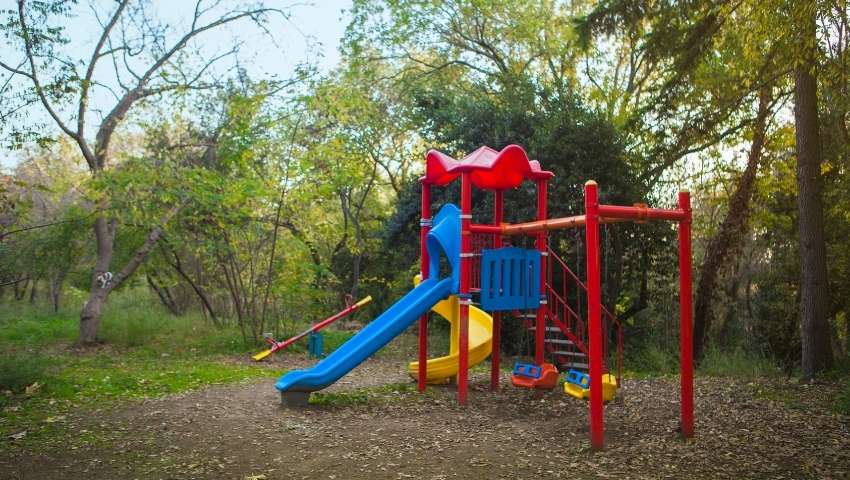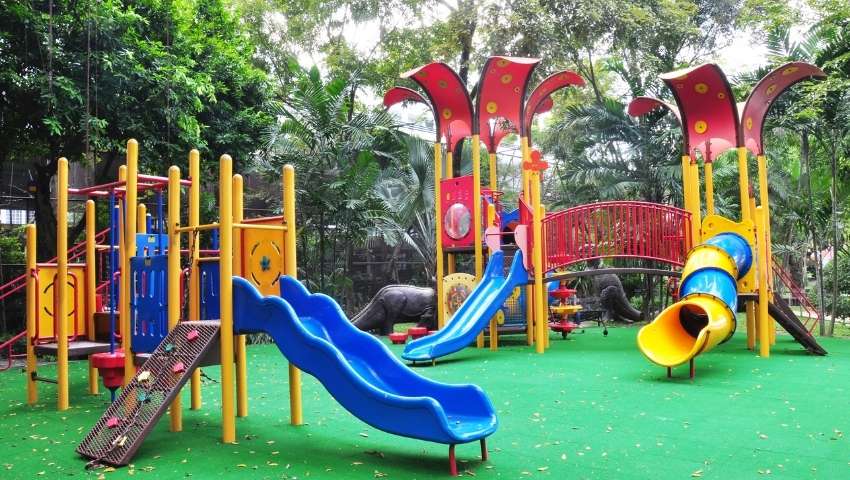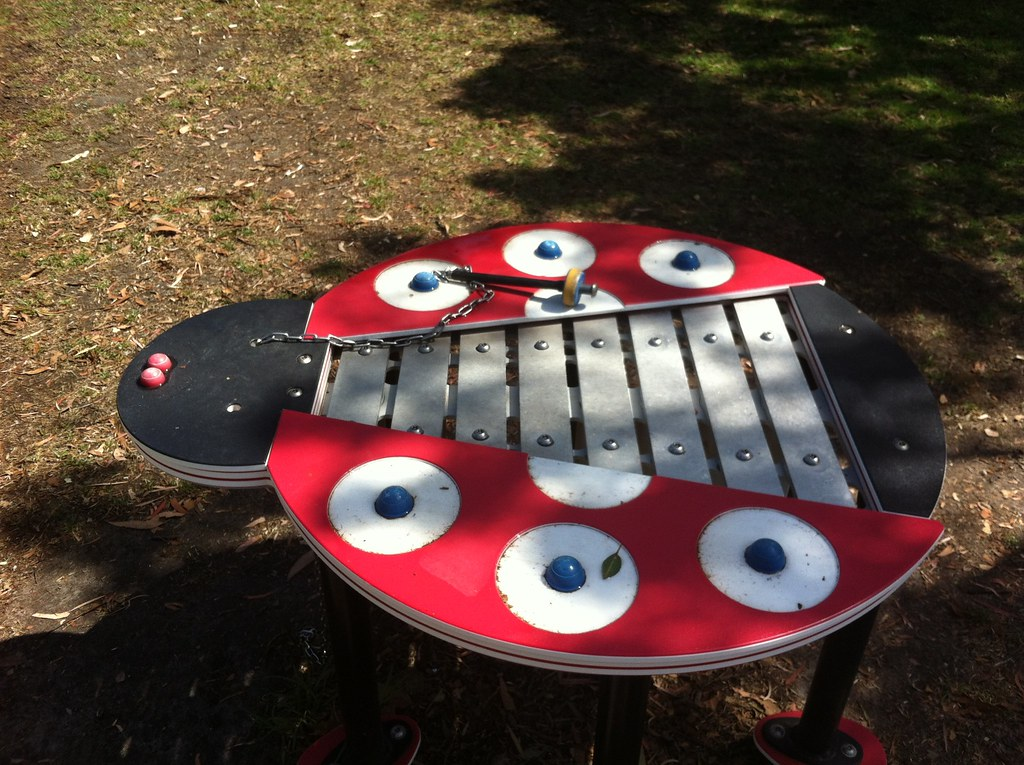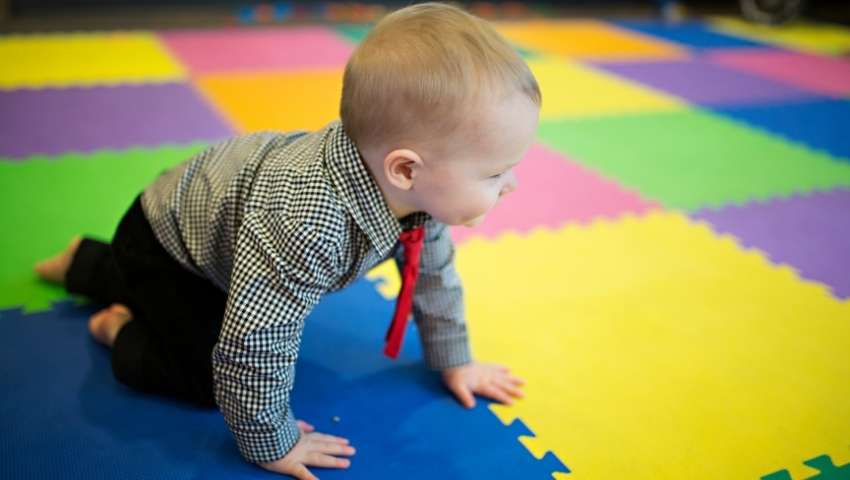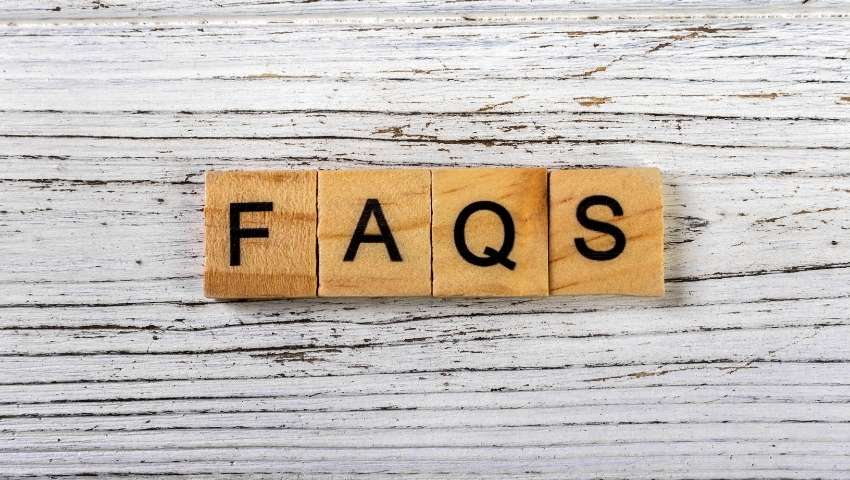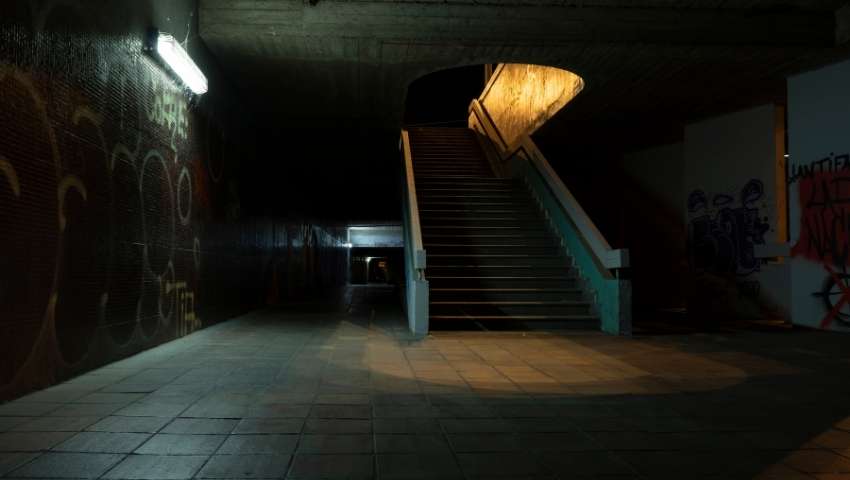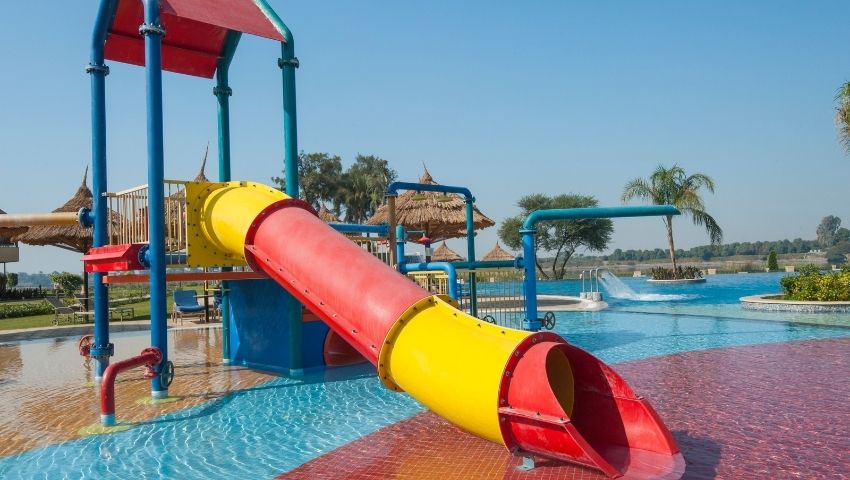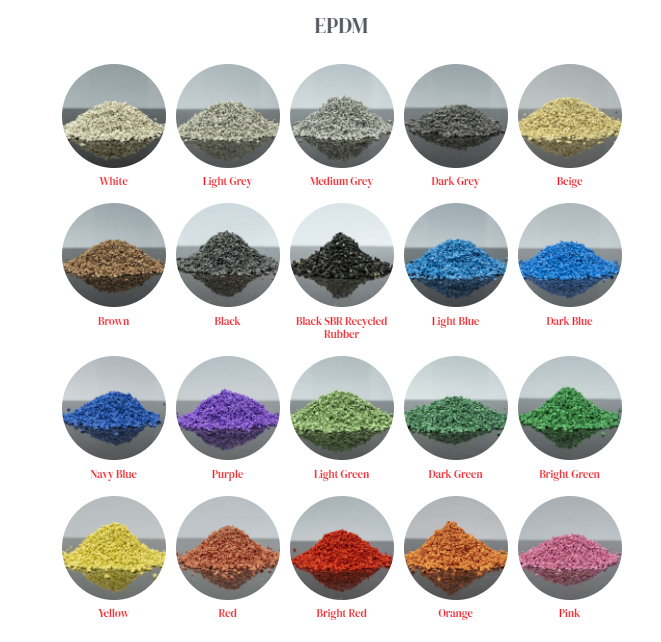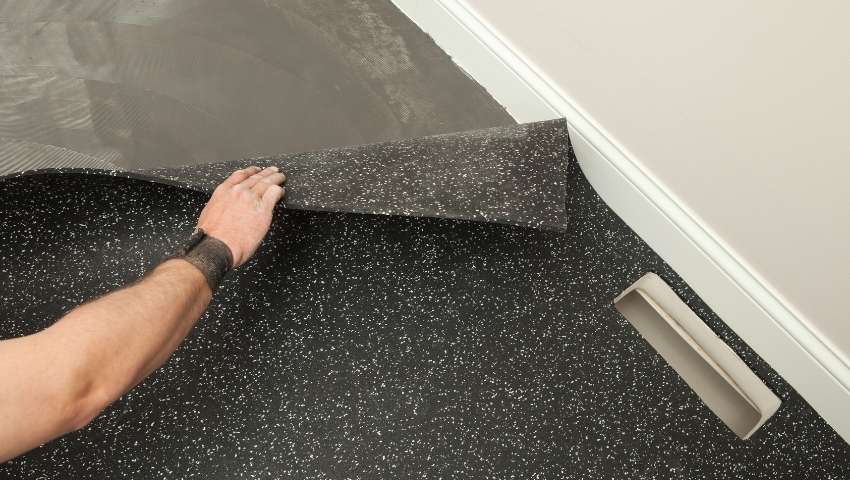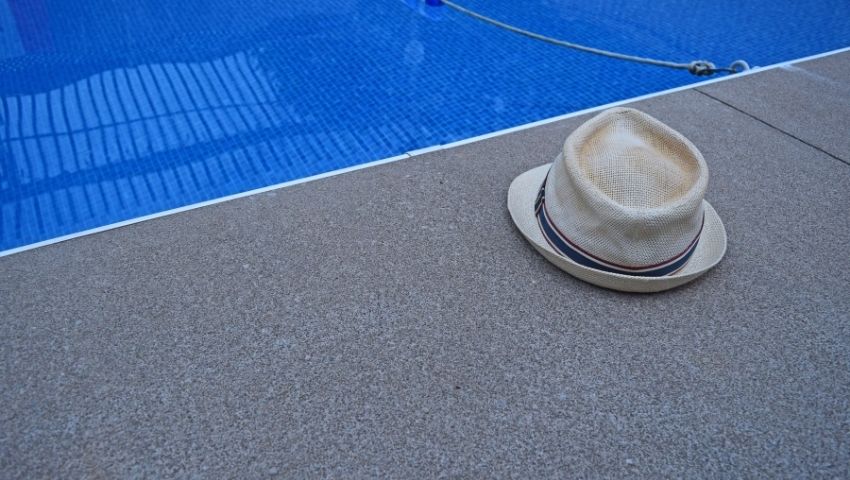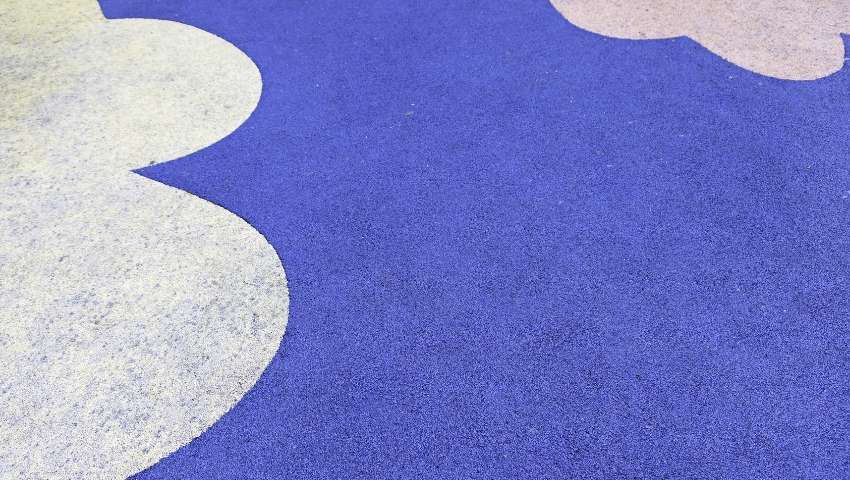Choosing the Best Running Track Surface: An Essential Guide
Are you planning to install a running track surface? The type of surface you install is going to make all the difference for runners.
The track can impact speed, improve your balance, and even improve your technique. Moreover, installing a suitable running track surface can minimize injuries during the run.
Since there are so many types of running track surfaces out there, each with its advantages and disadvantages, the choosing process can get quite overwhelming, especially if you are installing it for the first time.
This essential guide will help you to select the best running track surface as per your needs. However, before that, ask yourself these questions:
- What are my facility’s requirements?
- What sports program level do I aim to hold?
- Will I use the running track for competition or recreation?
- Who will be running on the track?
But generally, you should prioritize safety and performance.
Choosing the Best Running Track Surface
To help you make the best choice, here are the different types of running track surfaces with their pros and cons:
1. Cinder, clay, and grass
Cinder and clay are natural track surfaces most commonly used. Sometimes, even grass is used.
Pros
- These surfaces are comfortable to run on and comparatively cheap to construct.
- These types of surfaces will have reduced force impact on runners’ joints.
- Since these surfaces are soft, they offer great cushioning and lessen injuries.
- Compared to other surfaces, they create more resistance. It means legs will have to work harder. It strengthens foot muscles while enhancing running techniques.
Cons
- These surfaces are rendered useless after the rainfall.
- They are high maintenance and costly.
2. Synthetic rubber surfaces
Many people install synthetic rubber on running tracks as it provides optimal traction and great running performance.
The two prevalent subtypes of this running track are latex track surfaces and polyurethane track surfaces.
Latex track surfaces offer a soft surface, making it easier to run. It allows runners to run faster and enhances performance and durability in the sport. It also provides safety and is permeable.
On the other hand, polyurethane track surfaces are elastic and can withstand extreme temperatures, making them suitable for outdoors.
The surface allows for a more comfortable run, thus reducing the risk for injuries. It also increases speed and stability as it is firm. Polyurethane track surfaces are impermeable.
Pros
- Synthetic surfaces create a fast and high-performing track and increase runners’ speed.
- It provides excellent shock absorption and cushioning, decreasing the risk of injury.
- It absorbs impact while reducing muscle stress and supporting leg exertion.
- It is incredibly durable and can last up to 20 years or more. Synthetic surfaces also require very little maintenance.
Cons
- While installing synthetic rubber surfaces initially, you will have to undergo many small details. It needs proper planning.
- You will have to create an initial flat base surface of gravel or crushed stone to allow for drainage.
3. Asphalt-bound surfaces
The asphalt-bound surfaces are also known as all-weather surfaces. They are a mixture of asphalt and rubber or sand.
Though people still commonly use asphalt-bound tracks, they are no longer widely built as the material is costly and the surface is unpredictable.
Pros
- The asphalt-bound tracks are durable.
- The tracks allow fast speed and let runners maintain a steady rhythm.
Cons
- Asphalt-bound tracks become soft in the summer heat and harden as the temperature decreases in the winter.
- After some years, asphalt will become hard and lose its resilience. Old tracks are bad for runners’ joints and muscles and can cause injury.
- It is costly.
Which type of running track surface should you choose?
It boils down to your requirements and budget. If you need a professional-level running track and have the budget, synthetic surfaces are the best option out there. Once installed, it is super convenient, durable, fast, and high-performing. Synthetic surfaces also reduce the risk of injury, and they will help you create an inclusive sport or recreation area.
Wrap Up
Your running track surface is going to highly impact the performance of the runners. It will also ensure the runners’ safety as well as functionality and durability of the running track.
Before you choose your track, first, answer all the crucial questions mentioned above. Only then choose from the different types of running track surfaces. Whichever running track surface you choose to install, prioritize safety and performance.


